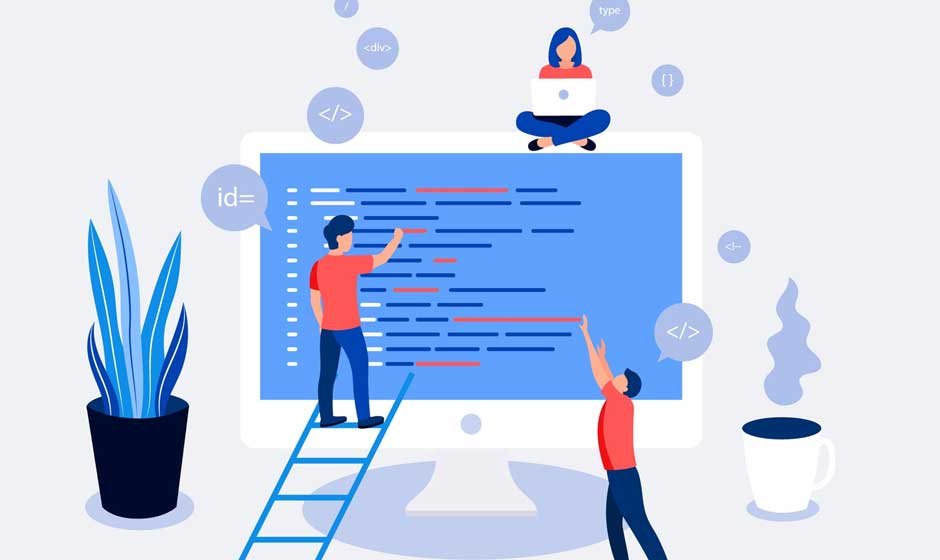The growing demand for skilled software developers has led many companies across North America and Europe to explore Latin America as a reliable source of talent. This region offers not only cost-efficient services but also a strong pool of capable professionals equipped with modern technical skills and a deep understanding of global development trends. However, hiring successfully in Latin America isn’t just about location or price. It requires thoughtful planning, clear expectations, and a deeper understanding of the cultural and logistical elements at play. We will explore the critical factors that influence successful hiring outcomes in Latin America, enabling your team to make informed decisions rooted in long-term value rather than short-term convenience.
Crucial Considerations Before Hiring Software Developers in Latin America
Language Proficiency and Communication Style
Strong communication is essential in any development project, particularly when working across international borders. While English proficiency is generally high in many Latin American countries, particularly in tech hubs such as Argentina, Colombia, and Mexico, it’s still essential to assess each candidate’s fluency and comfort level. More than grammar or vocabulary, pay attention to how clearly they express technical concepts, how they handle collaborative discussions, and whether they understand nuance. Cultural communication styles also matter.
Developers in some Latin American cultures may be more indirect in expressing disagreement or may prefer a more formal tone during meetings. Understanding these subtleties helps avoid miscommunications and ensures that both parties work harmoniously. As suggested on https://nearshorebusinesssolutions.com/hire-software-developers-in-latin-america/, regular video calls, clear written guidelines, and a feedback-friendly environment can bridge most communication gaps and help establish trust quickly.
Time Zone Alignment and Work Availability
One of the most appealing aspects of hiring from Latin America is the proximity in time zones to North American businesses. Unlike hiring teams in Asia or Eastern Europe, collaborating with developers in Latin America often means overlapping work hours, which allows for real-time communication and faster project turnaround. However, not all countries or regions follow the same working hours or holiday calendars. For example, developers in Brazil or Argentina may observe national holidays that are not aligned with U.S. work schedules. Before finalizing contracts, it’s useful to discuss availability, flexibility for meetings, and expectations regarding work during public holidays. Ensuring time zone compatibility goes beyond simply being in the same region — it’s about structuring a workflow that promotes seamless cooperation throughout the day.
Technical Skill Sets and Educational Backgrounds
Latin America’s developer community is growing rapidly, supported by universities offering strong computer science programs and a culture that embraces technology. That said, it’s important to evaluate candidates not just based on degrees but on real-world problem-solving capabilities, their familiarity with the specific frameworks your company uses, and their ability to work on agile teams. Technical assessments, coding challenges, or small project trials can help understand how candidates approach tasks and adapt to new environments. Keep in mind that many developers in the region may be self-taught or trained through coding bootcamps, which doesn’t diminish their value but might mean their strengths are more practical than academic. Asking the right technical questions and reviewing past project portfolios is often more insightful than focusing strictly on traditional resumes.
Cultural Compatibility and Team Integration
Hiring across borders brings cultural diversity, which can be a tremendous asset to any company. However, successful integration requires mutual understanding and respect for differing perspectives. In Latin American cultures, workplace relationships often emphasize personal connection and loyalty. A collaborative environment where developers feel like they’re truly part of the team — rather than outsourced resources — tends to result in higher engagement and stronger output. Consider hosting regular team-building activities virtually, celebrating both local and international milestones, and promoting open communication to support integration.
Also, be mindful of cultural attitudes toward hierarchy, deadlines, and conflict resolution. A developer might hesitate to speak up about unrealistic timelines or flawed processes unless you foster a setting where their voice is welcomed and valued. When team members feel culturally understood, they’re more likely to contribute meaningfully and stay long-term.
Legal Structures and Hiring Models
Navigating the legal and contractual landscape in a foreign country can be a complex process. One of the key decisions to make early on is whether you’ll hire developers as full-time employees, independent contractors, or through a nearshore outsourcing partner. Each model has its implications. Contractors offer flexibility but may raise compliance concerns depending on your jurisdiction. Full-time employment necessitates a more comprehensive understanding of local labor laws, social security contributions, and tax systems.
Partnering with firms that are already embedded in Latin America — like Nearshore Business Solutions — can simplify this process by managing local legalities while giving you access to qualified professionals. Regardless of the model you choose, having clear agreements around IP ownership, confidentiality, and termination clauses is essential. Working with a local legal advisor or using an Employer of Record (EOR) service can ensure compliance and peace of mind throughout the relationship.
Hiring software developers in Latin America presents a valuable opportunity for companies seeking high-quality talent within a collaborative time zone and a dynamic cultural environment. However, to truly benefit from this growing talent pool, it’s essential to go beyond surface-level recruitment tactics. By understanding these key factors and applying them with care, businesses can foster productive working relationships that drive innovation and deliver long-term success, not just for a single project, but as a cornerstone of global growth.










